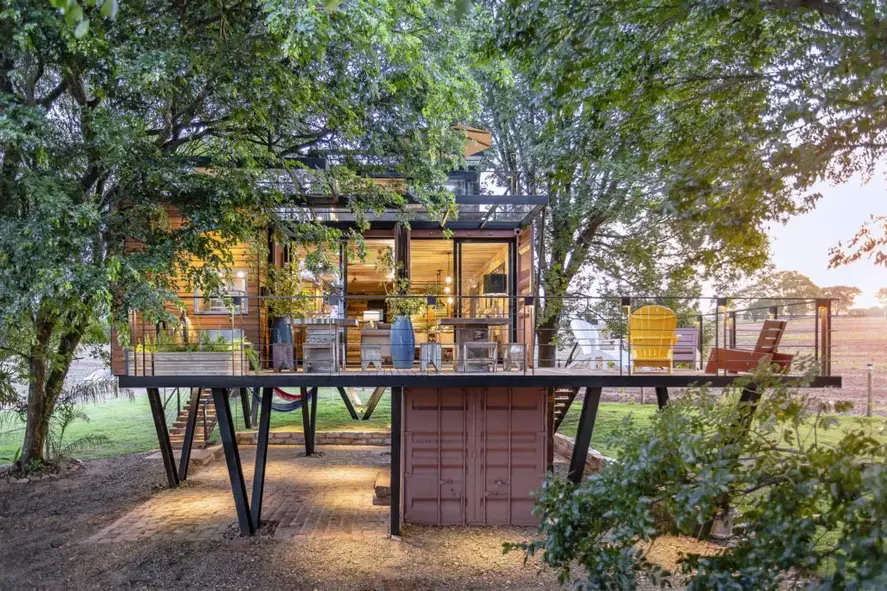As a rapidly deployable housing form, the structural stability of container houses directly impacts the safety and comfort of residents. So, what are the best practices for optimizing the structural stability of container houses? Let's explore.

Firstly, reinforcing the foundation is crucial. A solid foundation is essential for ensuring the stability of container houses. Using concrete for the foundation or reinforcing anchor bolts can enhance the stability and prevent tilting or collapse.
Secondly, enhancing the connection structure is an important practice. Adding connection structures between containers and between containers and the foundation, such as welding and bolt connections, can strengthen the structure and prevent loosening or deformation due to poor connections.
Additionally, reinforcing walls is indispensable. Walls are one of the main load-bearing structures of container houses. Reinforcing walls with additional materials or support can effectively improve overall stability.
Moreover, increasing roof support is key. Properly designing and increasing roof support structures, such as beams or trusses, can enhance resistance to wind and seismic forces, thus improving structural stability.
Lastly, regular maintenance inspections are paramount. Regular maintenance inspections of container houses to promptly identify and repair structural issues can ensure stability and safety.
Through these best practices, the structural stability of container houses can be optimized, providing residents with a safe and stable living environment.